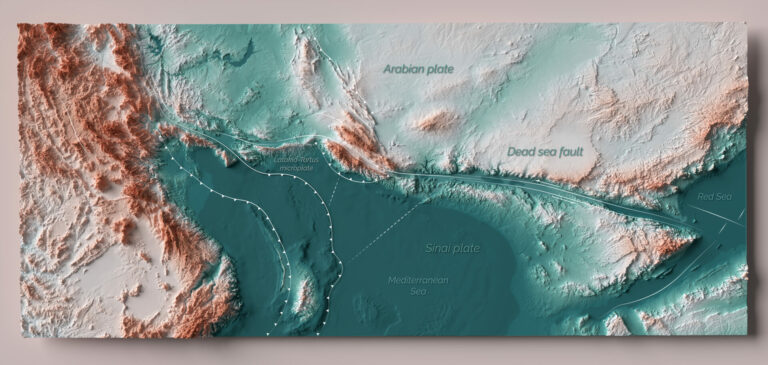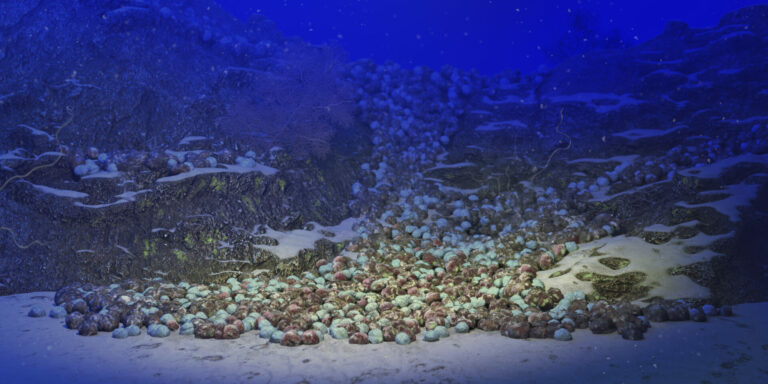Science for society: innovation and translation research
KAUST places great emphasis on translating university know-how into real-world impact, say Kevin Cullen, vice president of Innovation and Economic Development, and John Tannaci, associate vice president for research.

How do you define innovation and translational research?
Kevin: Innovation is about doing new things, or about doing old things in new ways. In the KAUST context, it is about getting our research and know-how translated into the Saudi economy and community for the benefit of broader society.

Kevin Cullen, vice president of Innovation and Economic Development at KAUST.
© 2018 KAUST
John: Translation means building expertise toward a research goal, and then getting the right entrepreneurial ecosystem in place to harvest that. Translation doesn’t always mean commercial applications; research can translate to government policy, or to a wide variety of other outcomes.

John Tannaci, associate vice president for research at KAUST.
© 2018 KAUST
Where does innovation and translation sit within the KAUST mission?
John: Innovation and translation were built into the founding of the university. KAUST was envisioned to be a catalyst for transforming lives, which manifests itself in a number of ways. Our ten Research Centers are where a lot of this goal-oriented research happens.
Kevin: No other university I have come across has the mission of innovation, translation and economic development as explicitly stated and supported as we have here. We spend a lot of time working with faculty and students to ensure they know how to take their ideas forward and to develop partnerships. Students take this understanding with them into the workplace.
How do you support innovation and translation at KAUST?
Kevin: We are very much about a relationship model, which means partnering for impact. Large companies like Saudi Aramco, through to small- to medium-sized enterprises (SMEs) and start-ups, can use technology to create jobs and prosperity in a way a university never can. We can identify and facilitate these partnerships between researchers and companies.
John: On the research side, we make strategic decisions to focus on certain goals to build the critical mass needed to harvest the translational elements.
One example is the sensors initiative. We’ve built expertise around self-powered sensors for several applications, including flexible skin-like sensors to monitor marine animals. Another example is laser-based lighting, which can potentially save 80 percent of lighting energy. Both of these projects involve collaborations with other universities. By setting up collaborations in targeted areas we can truly stimulate translation.
Have notions of innovation changed during your career?
Kevin: One notion that has certainly changed is the role of the university in the innovation system. When I came into this line of work, the university was seen as a source of inventions—patents, licenses and spin-out companies. But a recent UK study showed that IP makes up only 2 percent of the total knowledge flow from the university sector. The majority of knowledge flow happens between people, through startup companies, collaborative research, consultancy and training.
KAUST sees collaboration with industry, and outreach and engagement with SMEs, as a much more impactful way of getting university knowledge translated into use.
KSA’s Vision 2030 outlines a plan to advance Saudi Arabia through three key themes: a vibrant society, a thriving economy, and an ambitious nation. How is KAUST delivering in these themes?
Kevin: We are working on projects in all of those areas. One area we contribute to specifically is the target to grow SME contribution to GDP from 20 to 35 percent by 2030. Since KAUST was founded we have trained 5990 entrepreneurs—students, staff and external entrepreneurs. If we can double or triple that number, then we approach numbers that will have an impact in the economy. We think we have a model to engage with the SME community at scale, and that includes the creation of our own SMEs through our very ambitious startup program.
What examples of research translation has KAUST produced so far?
John: We know that it takes time to build critical mass. The fact that in less than ten years, KAUST already has examples of translation is amazing to me and it is only going to accelerate moving forward.
Consultancy and guiding government policy are forms of translation where KAUST is already having an impact. One area where we see great potential for research translation is in modeling the waves, wind, currents and environmental data of the Red Sea. One of these models can be used to inform developers how high above sea level new infrastructure should be built.
We also have impressive aquaculture expertise. One large project supports the Vision 2030 target to boost Red Sea aquaculture productivity tenfold. This project started in the Core Labs, but got so big we had to transition it to a start-up company.
And then in desalination, we have a technology called MEDAD, which uses waste heat or solar to lower the energy it takes to produce fresh water. It started as a pilot at KAUST, and now they are looking at building a 2,000-cubic-meter per-day facility up the coast in Yanbu.
What is the key to successful innovation and translation at KAUST and what will be the ultimate measure of success?
John: For us to be successful in this capacity we need a balance of goal-oriented and curiosity-driven research, partnerships, and incredible shared facilities like the Core Labs to really push translation. KAUST is one of the few places with all those elements firmly entrenched.
Kevin: At this point we are still in push mode— success comes when you get into pull mode, where the innovation demand in the economy is actively driving the dynamo. When I’ve got a queue of entrepreneurs at my door wanting to take technology from the university, then I’ll know we’ve succeeded.
References
- | article
You might also like

Bioengineering
Pioneering technique transforms genetic disorder diagnoses

Making a splash: unraveling the impact of large water droplets

Better connection for monitoring helps heart patients and healthcare staff

Why do some plants thrive in saline conditions?

Fewer major earthquakes for the northern Dead Sea Fault

A novel catalyst shows promise for better use of carbon dioxide

Sour gas has sweet potential for hydrogen production

Marine Science



